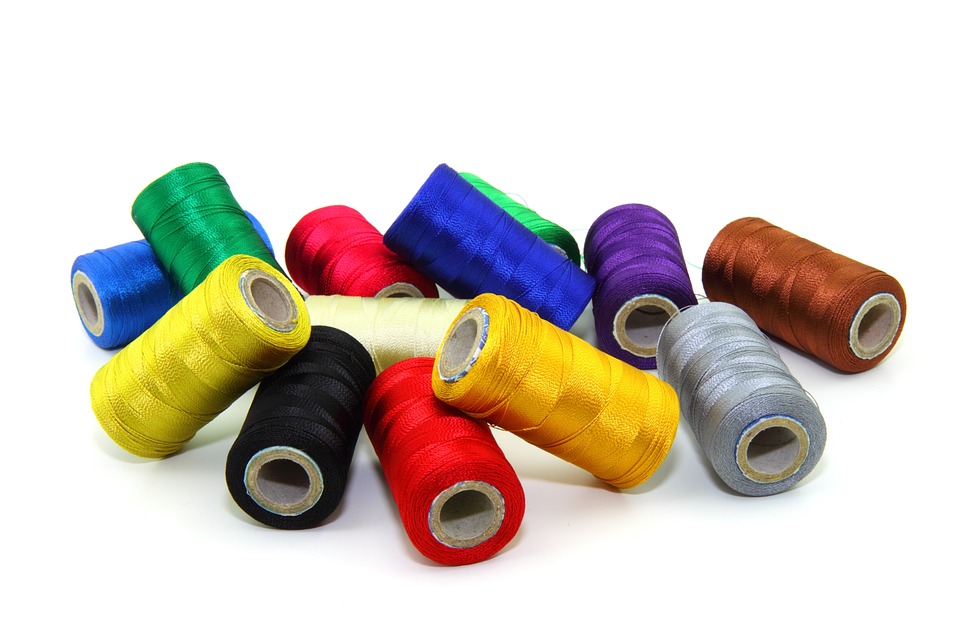Unlocking your creativity: A comprehensive guide to sewing thread color charts
Sewing is an art form that allows you to express your creativity while creating beautiful and functional pieces. But have you ever found yourself staring at a wall of thread spools, unsure of which color to choose? Or perhaps you’ve struggled to match the color of your thread to your fabric? If so, fear not! Sewing thread color charts are here to rescue you from these dilemmas and unlock your creativity in ways you never imagined.
What is a sewing thread color chart?
A sewing thread color chart is a visual representation of the array of thread colors available in the market. It displays the colors in an organized and systematic manner, enabling you to choose the perfect shade for your sewing projects. Thread color charts usually include a wide range of hues, along with their corresponding color numbers or names, making it easier to identify and find the desired color.
Why are sewing thread color charts important?
Sewing thread color charts are essential for several reasons. Firstly, they provide a quick and reliable reference for matching the color of your thread to your fabric. This is particularly useful when you’re working on a project that requires a seamless blend between fabric and thread, such as quilting or intricate embroidery.
Moreover, thread color charts give you the opportunity to explore different color combinations and experiment with your sewing projects. Instead of relying on just your instincts, you can use the color chart as a guide to mix and match thread colors, creating unique and visually appealing designs.
How to use a sewing thread color chart?
Using a sewing thread color chart might seem daunting at first, but it’s actually quite simple and fun. Here’s a step-by-step guide to get you started:
1. Gather your fabric samples: Before diving into the color chart, collect swatches of the fabric you’ll be using for your project. It’s crucial to have a physical representation of your fabric’s color and texture to accurately compare it to the thread colors on the chart.
2. Study the chart: Take a moment to familiarize yourself with the chart. Observe the color groups, such as shades of red, blue, green, etc., and identify the sections that best match your fabric.
3. Compare and contrast: Once you’ve identified the sections that align with your fabric, hold up your fabric swatches against the thread colors in those sections. This will allow you to determine which hues complement and harmonize with your fabric.
4. Test and experiment: Sometimes, colors that may seem like an odd match on the chart can surprise you when paired with your fabric. Don’t be afraid to test different combinations by wrapping a small piece of thread around your fabric or using a temporary basting stitch. This will give you a better idea of how the colors interact with each other.
5. Trust your instincts: While the color chart provides guidance, remember that creativity is subjective. If you’re drawn to a particular combination or have a unique vision in mind, trust your instincts and go for it! After all, there are no rules when it comes to artistic expression.
Where to find sewing thread color charts?
Sewing thread color charts are widely available both online and in physical stores. Many thread manufacturers provide color charts on their websites, which you can download and print for your convenience. Alternatively, you can visit your local sewing or fabric store and ask for a physical copy of the chart.
So, next time you’re feeling overwhelmed by a wall of thread spools or unsure of which colors to pair together, turn to a sewing thread color chart. Let it be your trusty companion and unlock a world of possibilities for your sewing projects. With the guidance of these charts, your creativity will flourish, and your sewing pieces will truly shine.

